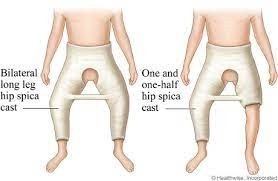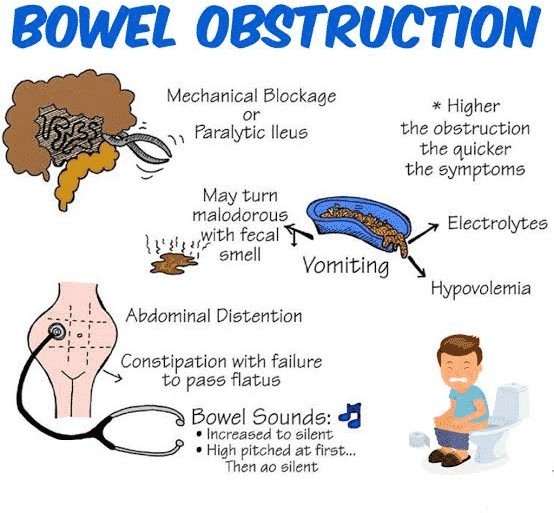The nurse is caring for an infant with a hip spica cast who has just returned from surgery. Which nursing action will be priority for this patient?
Palpating a brachial pulse.
Assessing bilateral radial pulses.
Auscultating the heart rate apically.
Checking capillary refill in the toes.
The Correct Answer is D
Hip spica casts are typically used to immobilize the hip joint and are often used in the management of hip dysplasia or after surgery. These casts can cause restricted mobility and limit blood flow to the legs and feet, which can lead to complications such as swelling, decreased circulation, or pressure sores.
Checking capillary refill in the toes is a critical nursing intervention to assess for the presence of adequate circulation and blood flow to the affected limb. If capillary refill is slow or absent, it may indicate compromised circulation and require immediate intervention to prevent further complications.
Palpating a brachial pulse, assessing bilateral radial pulses, or auscultating the heart rate apically are not the priority nursing actions for an infant with a hip spica cast. While monitoring vital signs and circulation are important components of nursing care, the priority at this stage is to assess and manage the immediate postoperative needs of the patient, including monitoring for potential complications related to the hip spica cast.

Nursing Test Bank
Naxlex Comprehensive Predictor Exams
Related Questions
Correct Answer is D
Explanation
Cholelithiasis refers to the presence of gallstones in the gallbladder or bile ducts. The most common symptom is right upper quadrant abdominal pain, which may be colicky or steady. Nausea and vomiting are also commonly associated with cholelithiasis.
Coffee ground emesis and constipation are not typical findings associated with cholelithiasis. Absent bowel sounds may be a sign of bowel obstruction but are not specific to cholelithiasis.

Correct Answer is ["A","B","E"]
Explanation
Small bowel obstruction can lead to the accumulation of gastric contents above the obstruction, causing vomiting.
Obstruction of the small bowel can result in crampy, colicky abdominal pain and abdominal distention.
Electrolyte imbalances, such as hypokalemia (low potassium), can occur due to vomiting and inadequate intake in cases of small bowel obstruction.
The following finding is not directly associated with small bowel obstruction:
Pain relief after eating is more commonly associated with peptic ulcer disease, not small bowel obstruction.
While blood in the stool can be seen in some cases of bowel obstruction, it is more commonly associated with lower gastrointestinal bleeding or other conditions affecting the colon, rather than small bowel obstruction.

Whether you are a student looking to ace your exams or a practicing nurse seeking to enhance your expertise , our nursing education contents will empower you with the confidence and competence to make a difference in the lives of patients and become a respected leader in the healthcare field.
Visit Naxlex, invest in your future and unlock endless possibilities with our unparalleled nursing education contents today
Report Wrong Answer on the Current Question
Do you disagree with the answer? If yes, what is your expected answer? Explain.
Kindly be descriptive with the issue you are facing.
